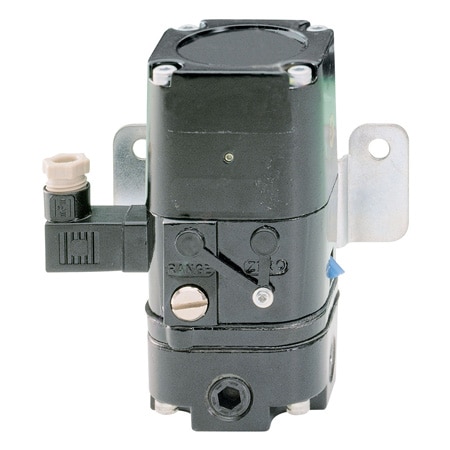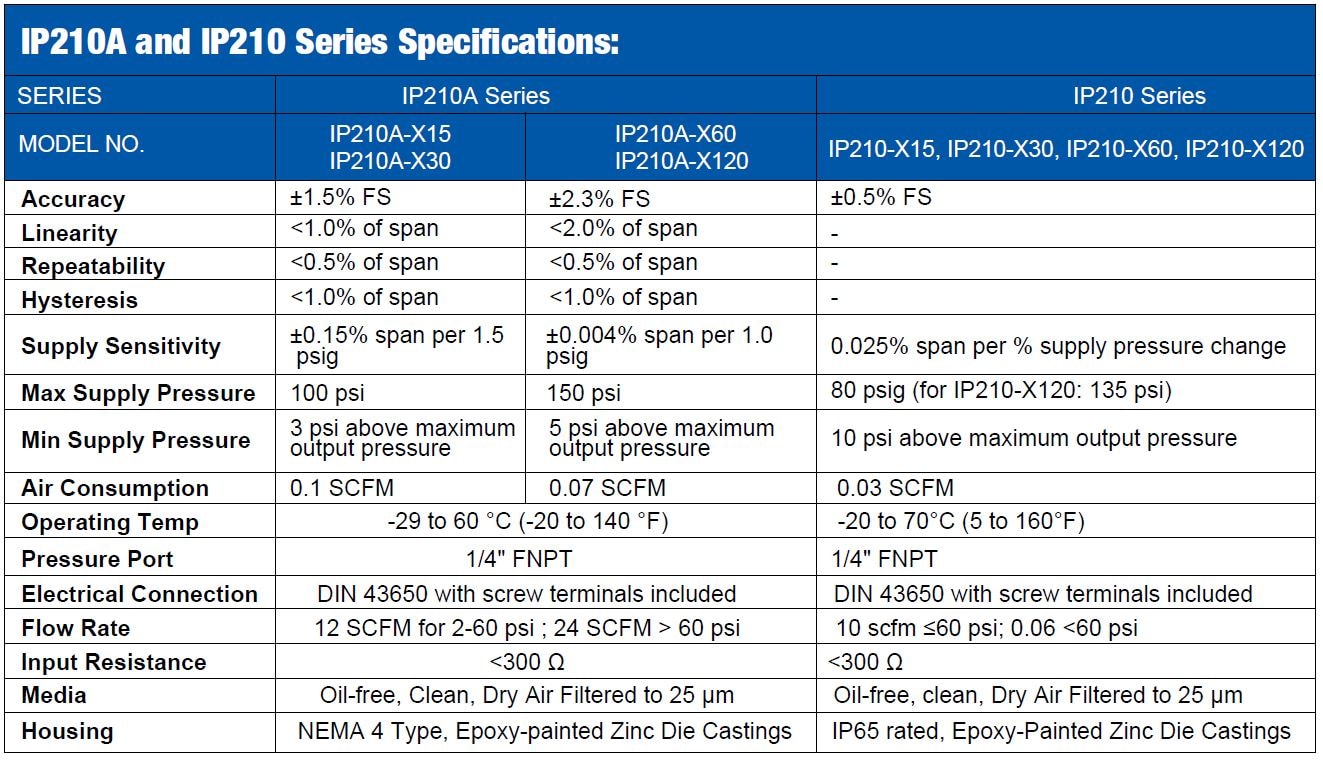Your feedback matters, take a quick surveyWebsite feedback

| Quantity | Price each |
|---|---|
| 1-24 | $750.47 |
| 25-49 | $712.95 |
| 50-99 | $697.94 |
| 100-199 | $667.92 |
| 200+ | $652.91 |
Edit these specs to order a different model. Not all combinations are valid. Options compatible with previous selections will be in bold.
*Highlighted options are not compatible. Please select a different combination.
